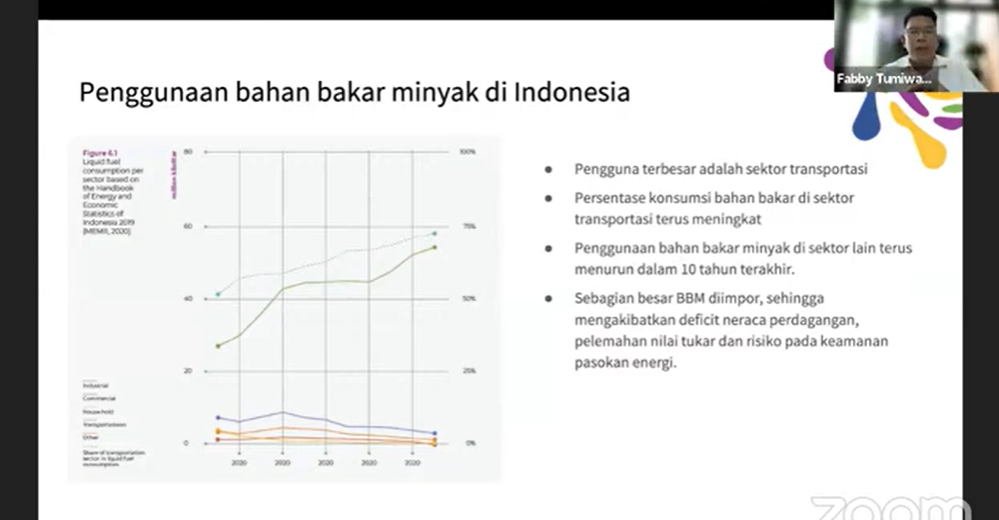Executive Director of the Institute for Essential Services Reform (IESR) Fabby Tumiwa assessed that the spirit of B40 is a solution to reduce dependence on fuel oil ( BBM ). Especially reducing imported BBM. Read more on Jawa Pos.

Jakarta, February 7, 2023 - Indonesia's ESDM Ministry confirmed that 35 percent biodiesel or B35 biodiesel would begin to take effect on February 1, 2023. B35 contains 35 percent palm oil-based biofuel and 65 percent diesel. Hopefully, this program can reduce greenhouse gas (GHG) emissions by around 34.9 million tonnes CO2e. Responding to this policy,…
Deon Arinaldo, IESR Energy Transformation Program Manager, said the government would implement B35 in February 2023 with an allocation of 13 million kl of biodiesel needed. Meanwhile, to increase the blending ratio of biodiesel by 40%, it is estimated that the production of 15 million kl of biodiesel is required.
Read more on Kata Data.

Jakarta, 1 February 2023 - The Ministry of Energy and Mineral Resources (MEMR) has announced the performance achievements for 2022 and the 2023 program plans for the MEMR sector, the Electricity Subsector and New Renewable Energy and Energy Conservation. In contrast to coal, whose production increased by 3% from the target of reaching 687 million…
